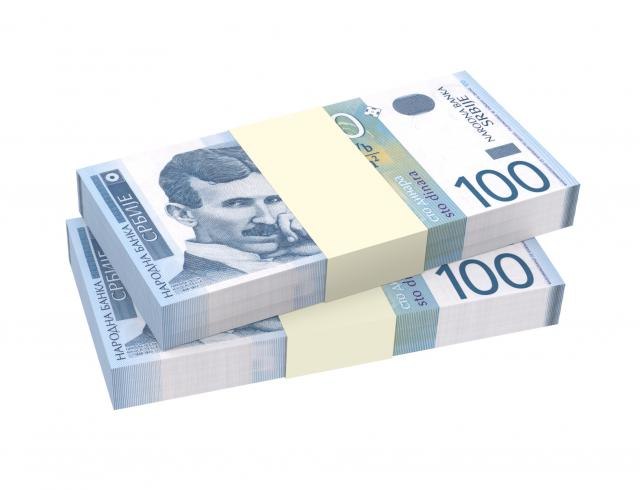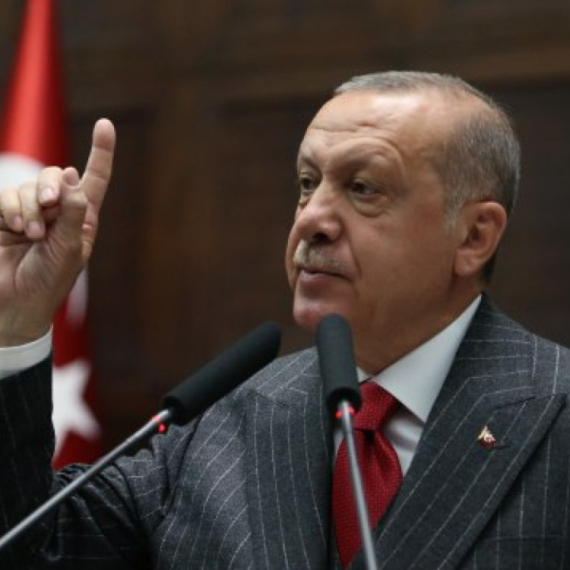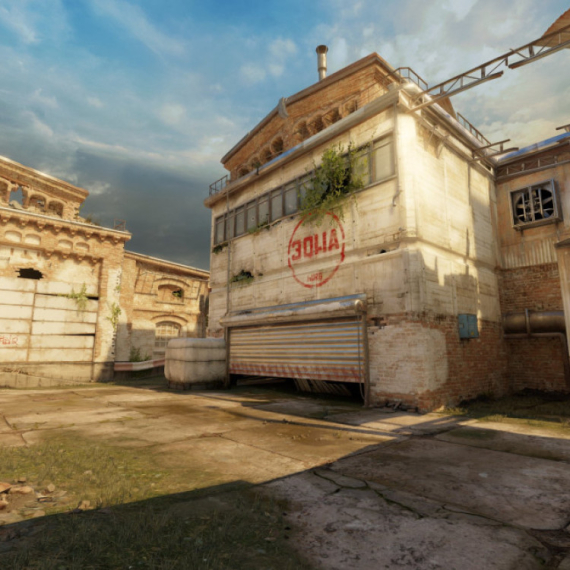Central bank: No change in key policy rate
At its meeting on Thursday, the NBS Executive Board voted to keep the key policy rate at 3.0 percent.
Thursday, 07.02.2019.
15:40

Central bank: No change in key policy rate
Inflation has been low and stable for five years in a row. It measured 2.0 percent y-o-y at end-2018, this being also its average annual value. Core inflation, which revolved around 1.0 percent in the course of 2018, and inflation expectations of the financial and corporate sectors, which are slightly below the 3.0 percent target midpoint, confirm that inflationary pressures continue to be low. In the coming period too, inflation is expected to remain stable within the target tolerance band (3.0±1.5 percent).The Executive Board judges that caution in monetary policy conduct is still warranted, primarily because of developments in the international environment. Global growth outlook has weakened, while leading central banks, the Fed and the ECB, recently signaled a possibly slower pace of monetary policy normalization than expected. However, it remains uncertain to what extent the process of normalization will be slower and different from what markets expect, which could bring volatility to global capital flows. Furthermore, potential escalation of tensions in international trade could additionally heighten instability in the international financial market, including in relation to capital flows. Despite the fall in global oil prices in late 2018, both demand- and supply-side factors make their future movements uncertain.
As emphasized by the Executive Board, our economy’s resilience to potential adverse effects from the international environment has increased owing to improved macroeconomic indicators and prospects. Public finance recorded a surplus for the second year in a row, and the share of the current account deficit in GDP in 2018 stayed at the 2017 level despite elevated imports for investment purposes, higher oil prices and softening external demand. Domestic demand is assessed to be the main driver of GDP growth this year. At the same time, investment is on the rise owing to the improvement of the business environment, implementation of infrastructure projects and favorable terms of funding, supported by past monetary policy easing. In addition, household consumption growth is underpinned by positive labor market trends.
At its meeting today, the Executive Board adopted the February Inflation Report, which will be presented to the public on February 13. On that occasion, monetary policy decisions and their underlying macroeconomic trends will be explained in more detail.
The next rate-setting meeting will be held on March 7.
























































Komentari 3
Pogledaj komentare